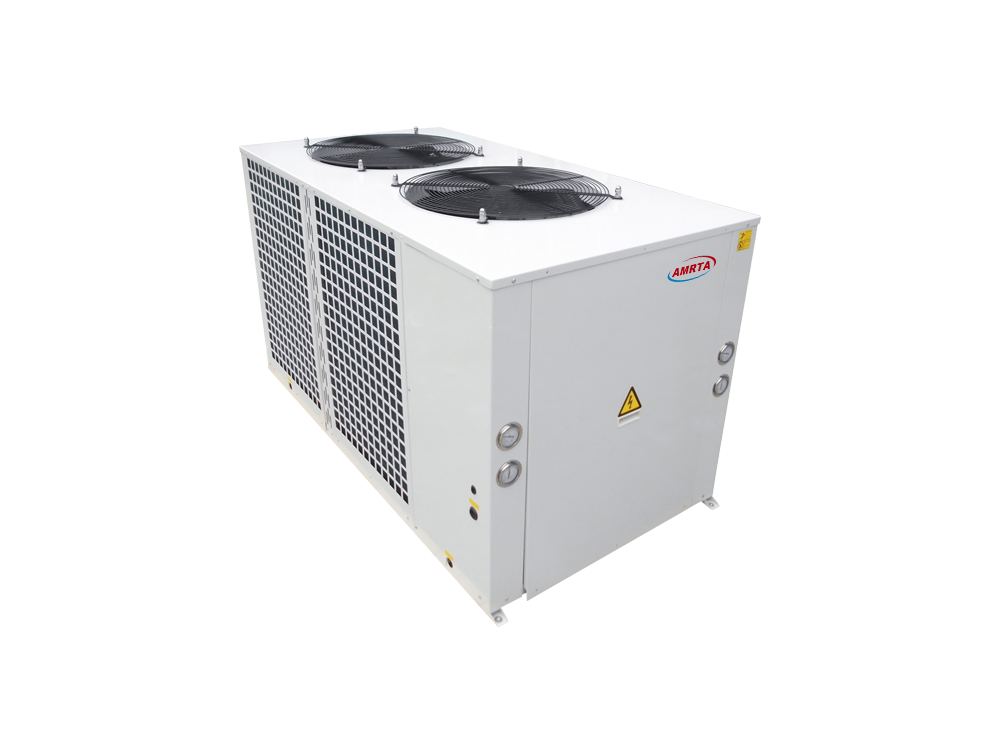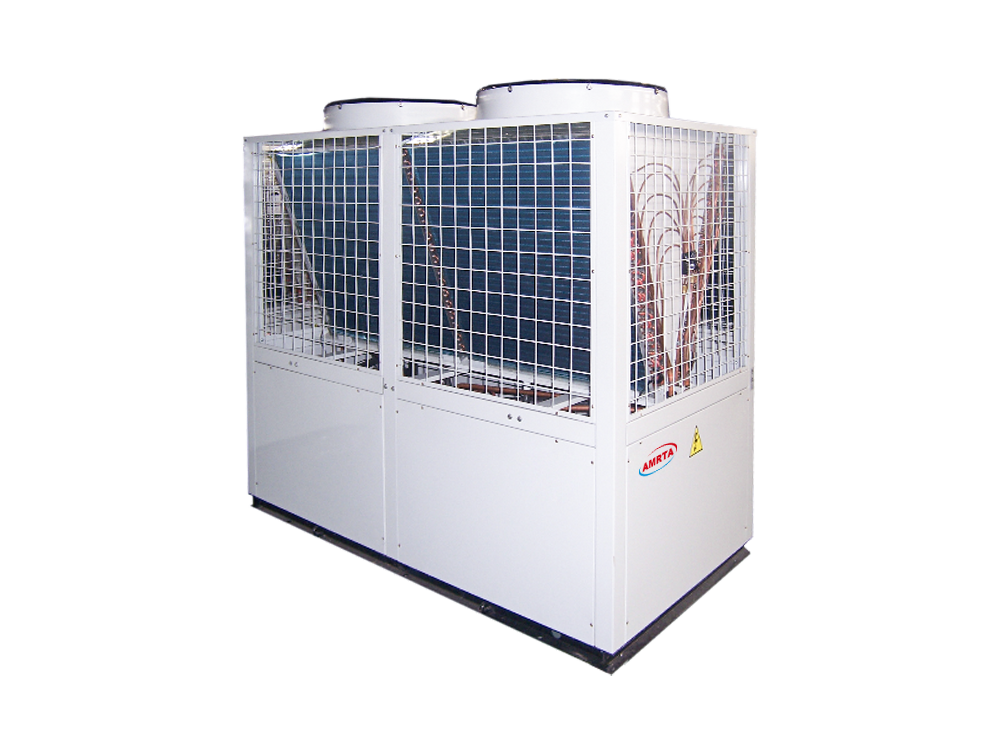1. Data collector, commonly known as inventory machine. There is a memory that can be used without connection to a computer, and the distance from the computer is not restricted, and even different cities can use the network. The scanned data is first stored in the memory of the collector, and then the data is transmitted to the computer server through the transmission base or GPRS or wireless WIFI to complete batch processing. Second, the collectors have large screens and you can see the scanned bar code information at any time. Finally, the collector has a keyboard. If the barcode is wrong, or the damage cannot be scanned, the keyboard can be used. The data collection system is relatively flexible and is a system that is tailor-made for a wide range of users. The data collector is converted into various physical quantities of electrical signals. Temperature, water level, wind speed, pressure, etc. can be analog or digital. Collection is usually a sampling method, that is, repeated collection of data at the same point at certain times. Most of the collected data are instantaneous values, and may also be a characteristic value within a certain period of time. Accurate data measurement is the foundation of data collection. Data measurement methods are touch-based and non-touch-based, with a wide variety of inspection components. Regardless of the method and component, the condition of the target under test and the measurement environment are all conditioned to ensure the correctness of the data.
2. Scanning guns, also called scanners. No memory, just instant transfer. When a USB cable (or ps2 port, RS232 port) is connected to the computer, a bar code is scanned and a code data is immediately displayed on your computer. Wireless scanners, also known as wireless scanners, can be used without connection to a computer, but the spacing is limited. Usually 100 meters, it is best to be accessible. Second, the scanner does not have a screen. The scanner will convert the bar code compiled according to certain rules into what the user can read, that is, the information it contains, the two processes of demand scanning and decoding.
With the development of smart phones, more and more mobile phones have become the standard for people's daily life. We are thinking that PDAs and mobile phones are also Android systems. Can we use mobile phones instead of PDA functions? And now mobile phones are in hardware. The system aspect is better than the PDA. Therefore, the WT01 wearable intelligent data acquisition terminal emerged. It can realize all the functions of the PDA in combination with the mobile phone, and it must be closer to the people in the secondary development than the PDA development because it is used in the Android mobile phone application. In development, the technology is more mature and the resources are relatively abundant. As long as it is a general Android software engineer, it can be easily developed.
Compact chiller cooling capacity: 10kW-82kW
Characteristics:
1. Pre-cooling
Selecting the right pre-cooling system for your farm is an important decision. There are many factors to take into consideration before deciding what type of system will suit your farm best. Cow numbers, bail number, water temperature, milk pump flow rates, power availability and primary cooling design are just some of the things that need to be considered before a solution can be proposed.
2. Chilled water system
Chilled water system chills a large volume of water to 4ËšC-10ËšC outside of milking time. It circulates the water during milking through the second stage of your plate cooler reducing milk temperature to 6ËšC-10ËšC before entering the milk vat. This dairy Water Chiller is smaller than a glycol unit but needs to run over a longer period of time each day. Chilled water system are the most common pre-cooling option.
3. Glycol system
Glycol pre-cooling system chills approved food grade glycol/water mix to around 2℃ in a 1,000L tank. The glycol water chiller continually chills glycol during milking and stores it in the storage tank this glycol then gets circulated through the second stage of your plate cooler snap chilling your milk so it enters the vat between 4℃-7℃
4. Chilled water system
• Ability to snap chill milk to 6℃-10℃ within 3 minutes of leaving the cow.
• Built in heat recovery producing hot water up to 60℃ at 3 liters per minute.
• Independent from your vat refrigeration system giving you peace of mind.
• It can use off peak power outside milking time to chill the water.


Dairy Water Chiller
Dairy Water Chiller,Industrial Dairy Water Chiller,Farm Cooling Dairy Water Chiller,Milk Cooling Dairy Water Chiller
Jinan Amrta Air Conditioning Co.,Ltd , https://www.amrtaac.com
![<?echo $_SERVER['SERVER_NAME'];?>](/template/twentyseventeen/skin/images/header.jpg)